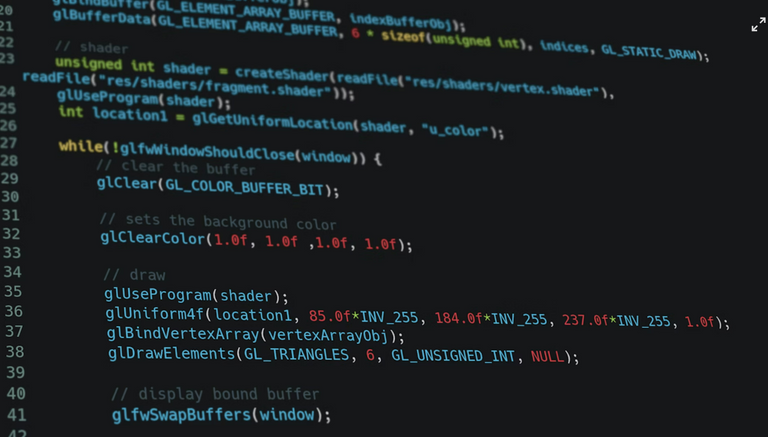Smart contracts have revolutionized blockchain by enabling automated, trustless transactions. However, they are not without their challenges. Vulnerabilities in smart contracts can lead to significant financial losses, making them a critical area of focus for traders and developers alike. In this post, we'll delve into smart contracts' role in blockchain, explore common vulnerabilities, and discuss their implications for trading and investing.
What Are Smart Contracts?
A smart contract is a self-executing piece of code stored on the blockchain. It automatically enforces and executes the terms of a contract once predefined conditions are met. Smart contracts are widely used in decentralized finance (DeFi), supply chain management, token issuance, and more.
For traders, smart contracts are pivotal in enabling decentralized exchanges (DEXs), automated market makers (AMMs), and yield farming strategies.
Common Vulnerabilities in Smart Contracts
1. Reentrancy Attacks
A reentrancy attack occurs when a malicious contract repeatedly calls back into the vulnerable contract before its previous function execution is completed. This can drain funds from the contract.
- Example: The infamous DAO hack in 2016 resulted in the theft of $60 million worth of Ether due to a reentrancy vulnerability.
- Mitigation: Use "checks-effects-interactions" patterns and the latest security libraries.
2. Integer Overflow/Underflow
Smart contracts often use unsigned integers for calculations. Without proper checks, an operation like subtraction could result in an overflow or underflow, leading to incorrect balances or unauthorized fund transfers.
- Example: The BEC token and SMT token were hacked in 2018 due to integer overflow.
- Mitigation: Use safe math libraries like OpenZeppelin's SafeMath.
3. Phishing and Social Engineering
Hackers often exploit weaknesses in wallet integrations or user behavior to compromise contracts indirectly.
- Example: Fake dApp interfaces trick users into signing malicious transactions.
- Mitigation: Encourage education, multi-signature wallets, and cold storage.
4. Gas Limit and DoS Attacks
An attacker may exploit the contract's dependence on gas to force transactions to fail.
- Example: A poorly optimized loop in a contract could be exploited by attackers to make the contract unusable.
- Mitigation: Optimize code and avoid unbounded loops.
5. Lack of Access Control
Contracts may fail to implement proper role-based access control, allowing unauthorized users to exploit privileged functions.
- Mitigation: Use modifiers to enforce access restrictions and follow security best practices.
6. Front-Running
In blockchain trading, miners or bots can exploit transaction sequencing to gain an advantage.
- Example: A trader places a high-value transaction, and a bot pays higher gas fees to have its transaction executed first, profiting from price changes.
- Mitigation: Implement commit-reveal schemes or use Layer 2 solutions.
Impact on Trading
Smart contract vulnerabilities can profoundly affect trading ecosystems:
- Loss of Funds: Traders might lose assets due to exploited contracts.
- Market Volatility: Hacks or exploits can shake investor confidence, causing price fluctuations.
- Regulatory Scrutiny: Exploits draw attention from regulators, potentially leading to stricter controls on blockchain platforms.
- Trading Opportunities: For savvy traders, identifying vulnerable contracts could present arbitrage or hedging opportunities.
Best Practices for Traders
- Audit Smart Contracts: Only interact with contracts that have been audited by reputable firms.
- Use Reputable Platforms: Stick to well-known platforms and protocols with proven security records.
- Diversify: Avoid putting all your funds into a single contract or protocol.
- Monitor Upgrades: Keep an eye on upgrades or forks of smart contracts you use, as new code might introduce vulnerabilities.
- Stay Informed: Follow security updates from the blockchain community and remain aware of emerging threats.
Conclusion
Smart contracts are a double-edged sword in the blockchain ecosystem. While they bring efficiency and trustlessness, vulnerabilities can lead to severe consequences for traders and investors. By understanding common weaknesses and adopting best practices, traders can better navigate the risks associated with smart contracts.



